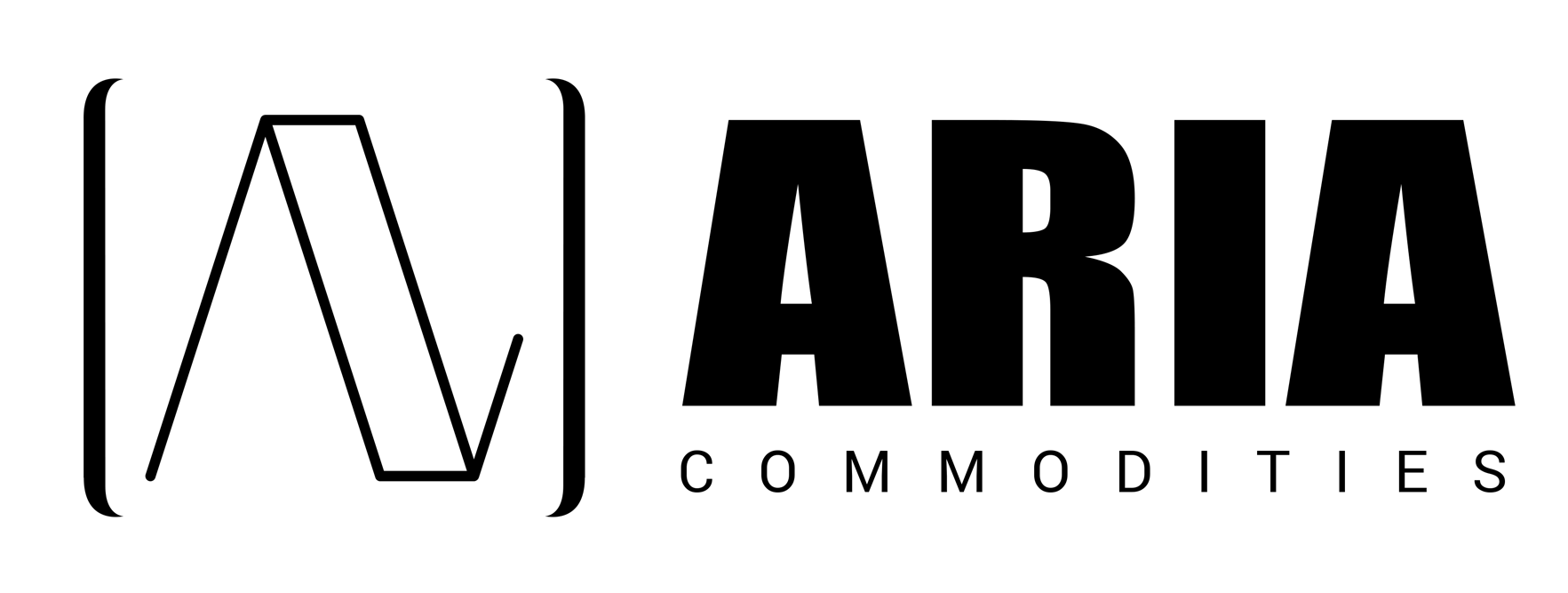We reported a surge in corn prices was likely in recent weeks, specifically from our Ukraine office, (see announcement below), who were reporting on the ground intelligence showing a poor crop. The market continues to develop in an upward trend.
Support is provided by Chinese demand and limited supply, as well as expensive feed wheat (substitute in the feed base). Brazilian corn spot prices have also set another record. Domestic corn prices rose up to 30% in October in part driven by limited reserves and a weakening currency.
There are growing tensions between the Chinese and Australia, which of course has a significant impact on their export plans.It would appear though that commercial producers do not expect these recent price rises to continue, with record short positions in the futures markets. However, we are always at pains to point out that the futures contracts traded on the CME, often are very disconnected from the physical reality we see at origin, reflecting financial flows rather than the physical supply/demand equation. For example, some 319 million acres will be planted to the principal crops, from corn, soybeans, and wheat to lentils and chickpeas, this year in the US — up 5% from last year, according to USDA estimates released. Mammoth corn and soybean harvests should theoretically depress prices into 2021 and beyond. There are growing tensions between the Chinese and Australia, which of course has a significant impact on their export plans. As trade relations deteriorate, wheat exports from Australia are expected to join the ‘list’, which already contains barley, sugar, red wine, timber, coal, lobster, copper ore and copper concentrates, whereby Beijing has asked its importers to look beyond Australia. This will likely mean significant Australian wheat exports will be re-directed to other parts of Asia and the Middle East and we are already in active discussions with CBH and exporters. For Chinese buyers, it will only intensify their focus on Black Sea origination and Latam purchases, for China is responsible for buying a third of all Australian exports. The Fund has transacted heavily in recent weeks and mainly in barley, wheat and corn exports to Cofco and large buyers from the Black Sea. Activity levels now requires a permanent physical presence and we have opened up a Ukraine operation with two very experienced traders on board to build the operation. As the calendar moves on, we expect to see activity in the Baltics, soybeans out of the Brazil into Asia and Australian export activity as referenced above.
By ariaJune 3, 2020
Documentary Credits Series: Letters of Credit
By ariaJune 3, 2020
The new bull market is underway



